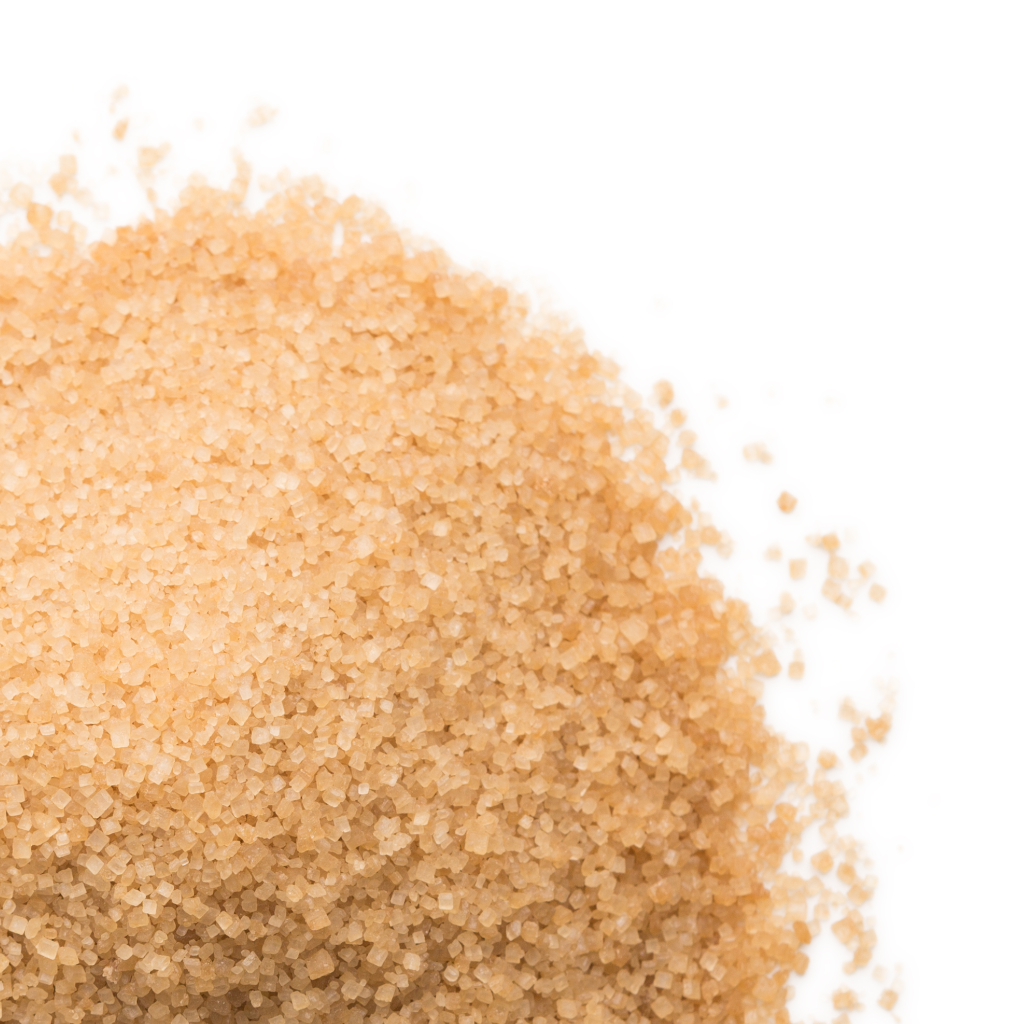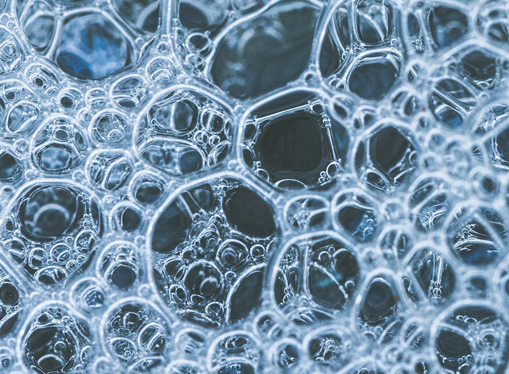Is Sugar Cane the Key to the Next Green Energy?
Wiki Article
Discover All Regarding Sugar Cane: From Production Methods to Product Innovations
Sugar cane is a plant with both historic relevance and contemporary relevance. Its cultivation has developed from conventional methods to modern-day methods that meet today's farming needs. This evolution includes ingenious handling techniques that change the cane right into a range of items. As the market deals with environmental difficulties, brand-new lasting techniques are arising. The intricacies of sugar cane production and its future in global markets present interesting inquiries worth checking out additionally.The Background of Sugar Cane Growing
Sugar cane is usually linked with exotic environments, its cultivation has a rich history that dates back thousands of years. Coming From Southeast Asia, the earliest documents of sugar cane's use date back to around 8000 BCE, where it was eaten for its sweetness. By the initial millennium, it spread out to India, where it became essential to regional societies. The modern technology to take shape sugar emerged in India by the fifth century CE, noting a substantial turning point in sugar production.With the growth of trade paths, sugar cane located its way to the Middle East and, at some point, Europe. The facility of ranches in the Caribbean throughout the 16th century changed the global sugar market, driven mainly by early american expansion. As sugar came to be an in-demand product, its farming formed economic situations and cultures, laying the groundwork for contemporary production strategies that progressed with the innovation of agriculture and innovation.Traditional Farming Strategies
As sugar cane growing progressed through background, standard farming methods arised as foundational techniques that shaped its production. These approaches, frequently given through generations, included using handbook devices such as hoes and machetes for growing and harvesting. Farmers commonly prepared the soil by hand, using crop rotation and intercropping to maintain dirt fertility and control insects. Water administration was necessary, with lots of typical cultivators depending on natural watering systems and rainwater harvesting.Planting was typically timed to accompany seasonal rainfalls, guaranteeing optimal development conditions. Commonly, sugar cane was planted in rows, enabling simpler upkeep and harvesting. Gathering was done manually, requiring experienced labor to reduce damage to the stalks. Generally, typical farming methods highlighted sustainability and a deep understanding of the neighborhood atmosphere, developing a vital component of the cultural heritage surrounding sugar cane farming. These techniques laid the groundwork for future developments in sugar production.Modern Agricultural Practices
Modern agricultural methods have increasingly bundled precision farming strategies to improve sugar cane manufacturing. sugar cane products. These techniques make use of data-driven methods to enhance inputs and boost yields while lessening environmental effect. Furthermore, sustainable parasite management approaches are being taken on to safeguard plants without endangering environmental equilibriumAccuracy Farming Strategies
Precision farming strategies stand for a transformative technique to agriculture, leveraging technology to enhance productivity and sustainability in sugar cane manufacturing. By using tools such as GPS, remote picking up, and information analytics, farmers can check plant health and wellness, soil conditions, and water use with extraordinary accuracy. This data-driven strategy allows for targeted treatments, lowering waste and optimizing resource allocation. Drones and satellite imagery facilitate real-time assessments, allowing cultivators to respond promptly to emerging problems or modifications in ecological problems. Additionally, accuracy farming improves yield projecting and improves decision-making processes, ultimately bring about better plant administration. Therefore, sugar cane manufacturers can achieve higher efficiency and productivity while decreasing their ecological impact, contributing to the general development of contemporary agricultural methods.
Sustainable Pest Monitoring
Reliable management of bugs is essential for preserving the wellness and performance of sugar cane plants. Sustainable bug administration methods concentrate on reducing chemical inputs while maximizing eco-friendly balance. sugar cane products. Integrated Bug Management (IPM) is a popular approach, integrating biological control, environment manipulation, and using immune sugar cane selections. Farmers are increasingly using valuable bugs and all-natural killers to subdue bug populaces, reducing dependence on synthetic pesticides. Surveillance pest levels via catches and searching enables for prompt treatments, guaranteeing that control measures are used only when necessary. Furthermore, crop turning and intercropping enhance biodiversity, additional lessening parasite break outs. By taking on these lasting practices, sugar cane manufacturers can keep plant return while advertising ecological stewardship and reducing the unfavorable effects connected with conventional parasite control techniquesHandling Sugar Cane: From Field to Manufacturing facility
The detailed trip of sugar cane from area to manufacturing facility entails several crucial steps that change this vibrant crop right into a raw product for sugar production. After gathering, sugar cane is rapidly transported to the processing center to reduce sucrose loss. The very first step at the manufacturing facility is cleaning the cane to get rid of contaminations, adhered to by squashing to draw out the juice. This juice undergoes clarification, where it is heated and treated with lime to eliminate strong particles and impurities.Once made clear, the juice is concentrated via dissipation, resulting in syrup. The syrup is after that taken shape by cooling down and adding seed crystals, leading to the development of sugar crystals. Complying with crystallization, the sugar undergoes centrifugation to divide it from molasses. Eventually, the sugar is dried out, packaged, and gotten ready for distribution. Each action in this process is vital for making certain the high quality and performance of sugar production.Sugar Cane Products and Their Applications

Sweeteners and All-natural Sugars
Often ignored, sweeteners and natural sugars derived from sugar cane play a vital duty in the food and beverage market. These products, consisting of sucrose, molasses, and raw sugar, supply a variety of tastes and performances that enhance different food products. Sucrose, the most common sugar, is extensively utilized for its sweetening properties, while molasses contributes deepness and complexity to baked goods and sauces. Natural sugars from sugar cane are favored for their very little handling and perceived wellness benefits contrasted to sweetening agents. In addition, technologies in sugar cane processing have caused choices like liquid sugar and concentrated cane juice, satisfying diverse customer choices. Overall, sugar cane-derived sweeteners are essential to flavor, preserving, and improving food experiences.Biofuels and Renewable Energy

Sustainability in energy production has progressively transformed attention to sugar cane as a sensible resource for biofuels. This tropical crop, rich in sucrose, can be exchanged ethanol, an eco-friendly fuel that decreases greenhouse gas emissions contrasted to nonrenewable fuel sources. The fermentation procedure utilizes molasses, a byproduct of sugar manufacturing, making the most of source performance. Sugar cane's biomass, consisting of bagasse and leaves, can be transformed into bioenergy, contributing to a circular economic climate. Numerous advancements in processing methods enhance the return of biofuels, making sugar cane an appealing option for power diversity. Additionally, the growing need for lasting power resources drives research study right into improving farming methods and minimizing the carbon impact of biofuel manufacturing, positioning sugar cane as a principal in the renewable resource landscape.
Innovations in Sugar Cane Sustainability
As the worldwide demand for sugar increases, developments in sugar cane sustainability have actually come to be vital Full Report to fulfill both environmental and economic obstacles. Modern farming methods are being applied to decrease water usage, enhance soil health and wellness, and decrease chemical inputs. Techniques such as precision agriculture utilize information analytics and technology to enhance resource use and rise crop returns sustainably.Additionally, the development of genetically customized sugar cane ranges intends to enhance resistance to pests and environmental stress factors, leading to greater productivity with fewer inputs. Waste administration practices are also developing; spin-offs from sugar cane processing are being changed into bioenergy, minimizing reliance on fossil fuels.Furthermore, partnerships between farming stakeholders and ecological organizations are promoting methods that promote biodiversity and environment wellness. These innovations not just aid minimize the ecological impact of sugar cane production yet additionally create a more resilient and lasting industry for the future.The Future of Sugar Cane in Global Markets
While worldwide sugar consumption continues to increase, the future of sugar cane in worldwide markets encounters both chances and challenges. The raising demand for biofuels and sustainable items presents a considerable opportunity for sugar cane manufacturers, as the crop can be used for ethanol manufacturing and various other environment-friendly alternatives. Additionally, technologies in handling strategies may boost effectiveness and decrease expenses, making sugar cane extra affordable versus other sweeteners.However, difficulties such as climate modification, rising this website and fall market prices, and transforming consumer choices toward much healthier options complicate the landscape. Trade policies and tolls can impact the worldwide market dynamics, influencing farmers' productivity. As stakeholders browse these complexities, partnership among producers, federal governments, and researchers will be essential in adapting to the evolving market. The future of sugar cane rests on balancing these opportunities and challenges to protect its area in a swiftly transforming international economic climate.Regularly Asked Questions
Exactly How Does Sugar Cane Influence Local Ecosystems and Biodiversity?
The farming of sugar cane substantially affects local ecological communities and biodiversity. Monoculture techniques can cause environment destruction, while pesticide use may hurt non-target types, inevitably interfering with ecological balance and lowering species splendor in influenced areas.What Are the Wellness Impacts of Consuming Sugar Cane Products?
The health and wellness results of consuming sugar cane products include prospective benefits like energy increases and antioxidants, but extreme consumption might lead to weight gain, dental concerns, and raised threat of diabetic issues, prompting small amounts in usage.Exist Any Alternatives to Sugar Cane for Sugar Manufacturing?
Alternatives to sugar cane for sugar production consist of sugar beetroot, maple sap, and coconut hand sap. These sources offer similar sweetness and can be cultivated in various environments, using varied choices for sugar production worldwide.Exactly How Is Sugar Cane Impacted by Climate Modification?
Environment change substantially impacts sugar cane, creating transformed rainfall patterns, enhanced temperature levels, and enhanced bug stress. These aspects can lower returns and affect overall quality, motivating the requirement for adaptive agricultural practices to ensure sustainability.What Are the Labor Problems for Sugar Cane Employees Around The World?
Labor conditions for sugar cane employees around the world differ considerably, typically characterized by reduced earnings, long hours, and inadequate safety and security measures. Lots official source of face exploitation and extreme working atmospheres, particularly in developing countries reliant on sugar cane manufacturing.Report this wiki page